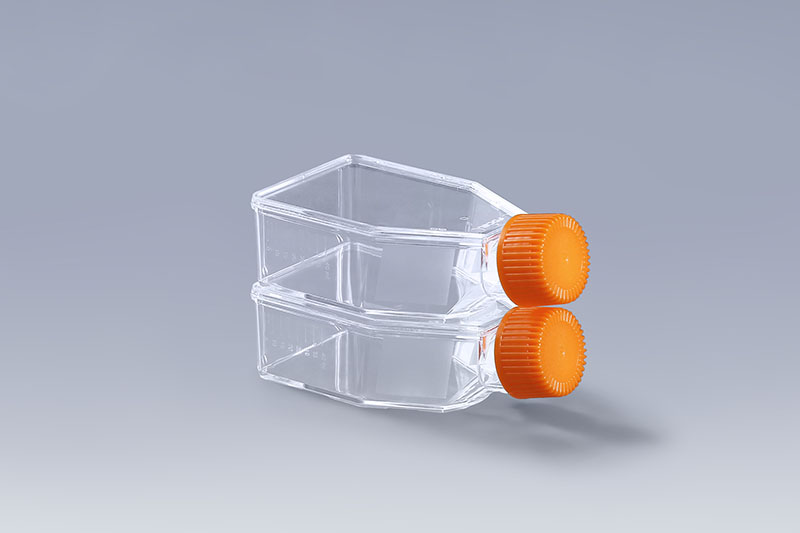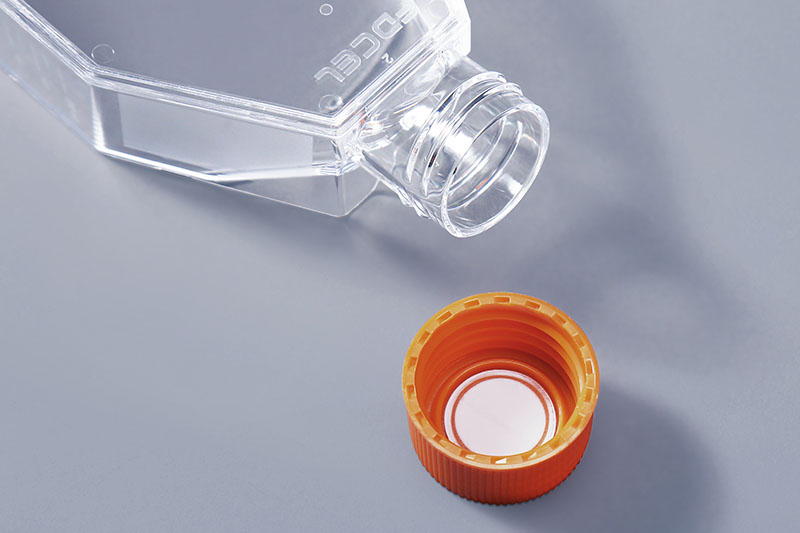Four Stages of Growing Cells in the Cell Culture Flask
When culturing cells, cell culture flasks are a kind of consumable with high usage rate. When culturing cells, they will experience four different growth phases, namely stopper, logarithmic phase, stationary phase and decline phase. These four phases reflect the different growth states of cells.
Arrest phase: The phase in which cells adapt to the culture conditions in the cell culture flask, during which the cells do not divide. Cells typically attach within 24 hours of starting the culture, and the total length of this phase depends on the growth phase and seeding density at which the cells were used at the beginning of the culture.
FuDau T25 Cell Culture Flasks
Log phase: Cells are actively dividing during this phase and are the optimal time to assess population growth and general data collection. Late in log phase, before cell stress due to overcrowding is the best time to pass cells (subculture).
Stationary phase: As cells reach 100% confluence, cell growth slows down at this stage, and less than 1/10 cells are in an active cell cycle. Cells are very vulnerable at this stage, so care needs to be taken to ensure that cells are passaged before or at the beginning of this stage.
FuDau T75 Cell Culture Flasks
Decay phase: a natural part of the cell cycle. During this phase, the number of viable cell populations decreases as cell death predominates.
The above are the four growth stages that the cells cultured in the cell culture flask need to go through. If the cells are to be passaged, the cells in the log phase should be selected to ensure a good growth state in the later stage.


评论
发表评论